
The conventional wisdom about tartan is that each of its hundreds of traditional pattern and color variations can be traced back to an ancient, individual Scottish clan. Such precise associations, it turns out, are more likely a product of Victorian-era romanticism, when a craze for this famous material produced a market for dubious tartan genealogies. Was the pattern on your dad’s plaid pants really worn by a stout Highlander at the Battle of Flodden?
 Navy Plaid aka Farquharson Modern
Navy Plaid aka Farquharson Modern
We’re not historians, but there is no doubt about tartan’s power to evoke passions, and it has a unique duality of representing both aristocracy and rebellion. It was equally claimed by 18th-century Scottish Jacobites and the British military regiments they fought against. Its 19th-century adoption by British royalty led to a code of etiquette concerning who should and should not wear certain patterns. This proved to be a perfect target for 70’s punk style, which employed it in avant-garde ways as a middle finger to accepted norms.

This repurposing of tartan both liberated it from its oppressive associations, and utilized its iconic look to unite punks in their revolt against convention and authority. It was a move echoed by 90’s Grunge bands, who wore it to signify their rejection of the glam aesthetics of 80’s hair metal. And yet it remains as common on a golf course as it does in a rock club. There was even an icon tartan Thermos which, if you were alive during the 70’s or 80’s, you’re likely to have seen show up at a family picnic or on a ski trip. We love this kind of dichotomy as much as we love tartan’s enduring relevance.
 Locharron Villiage in Scotland
Locharron Villiage in Scotland
The best tartan continues to be made in Scotland, and Noah has partnered with Locharron, a storied mill in the Borders, south of Edinburgh, to produce our Tartan Wool Hats. Offered in four traditional patterns* (with associations from Robert the Bruce to Finlay Mor of Invercauld to the Rout of Moy), we’ll leave your level of belief in the legends of these weaves up to you.

*The traditional names of the tartans we chose are as follows: Khaki = Stewart Hunting; Orange = Buchanan Old Ancient; Navy = Farquharson Modern; Back/White = Shepherd.
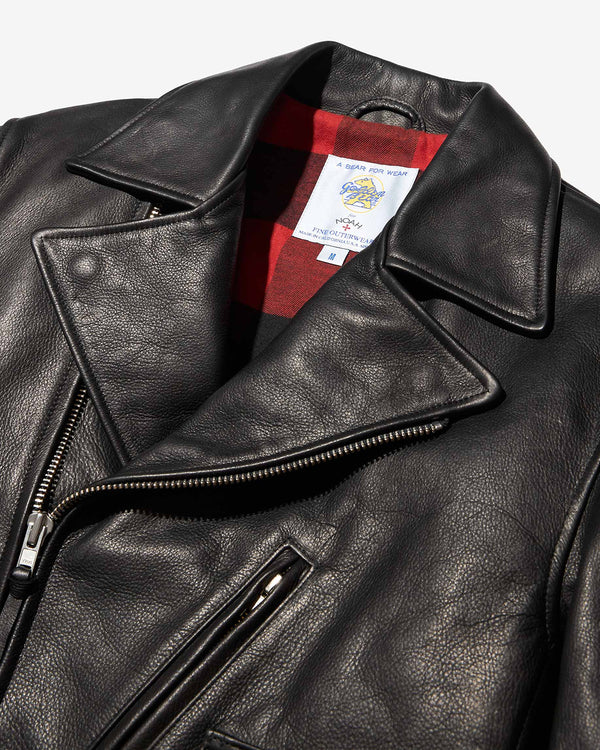







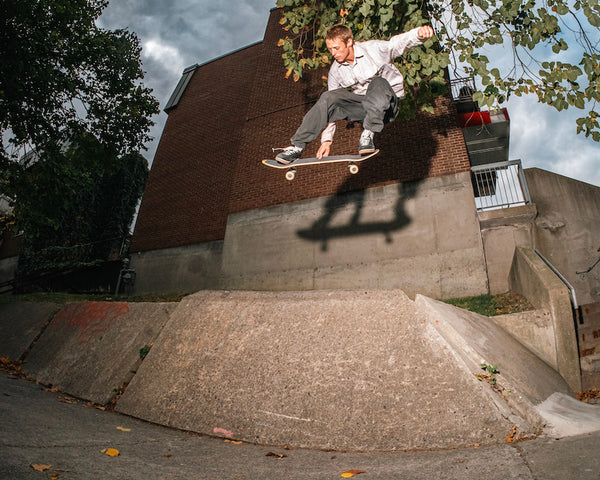

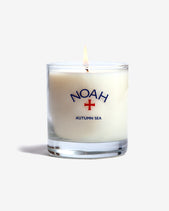
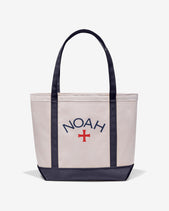
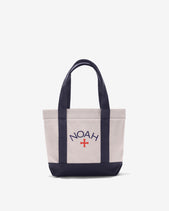
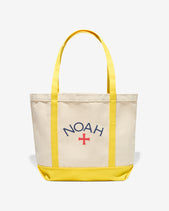

 Navy Plaid aka Farquharson Modern
Navy Plaid aka Farquharson Modern Locharron Villiage in Scotland
Locharron Villiage in Scotland